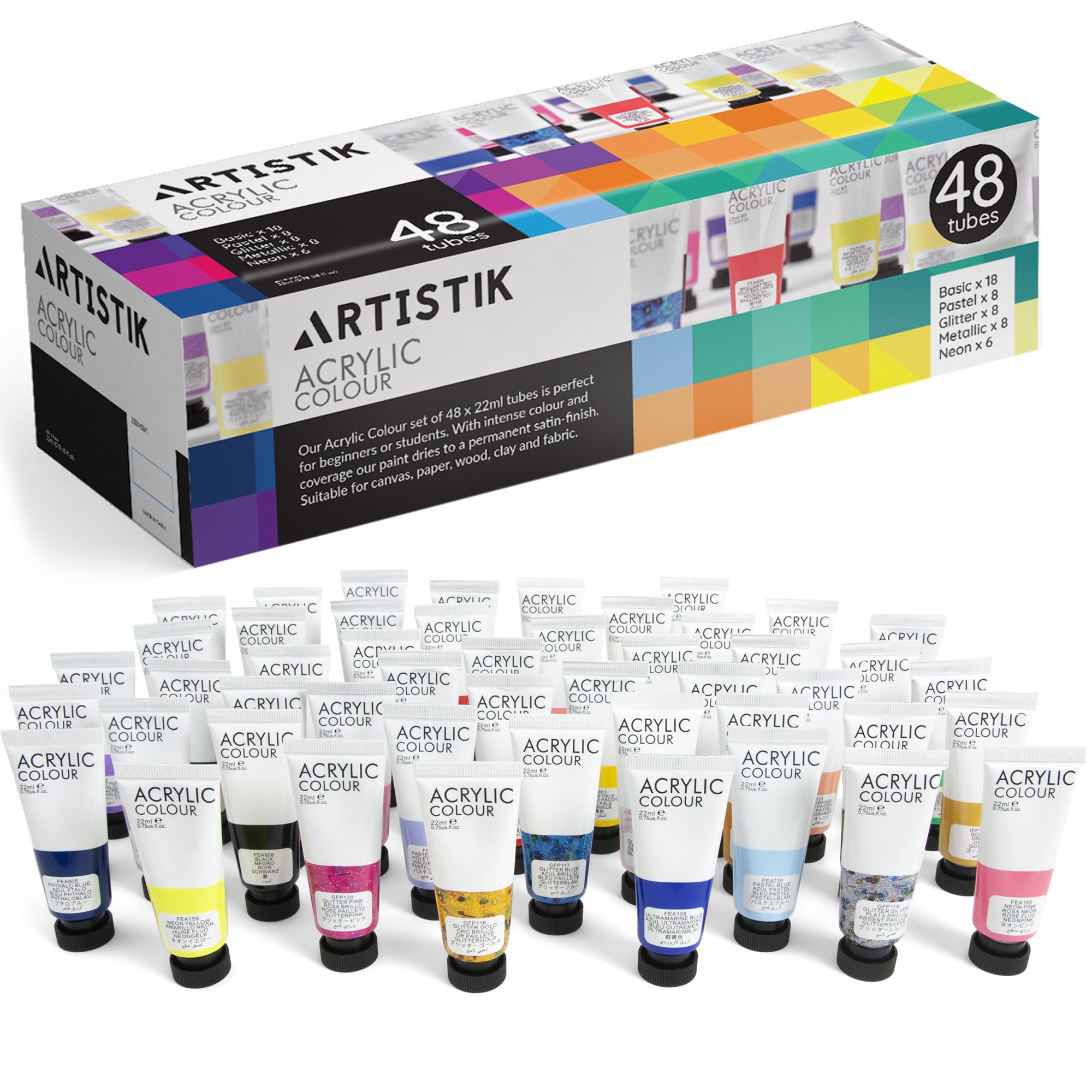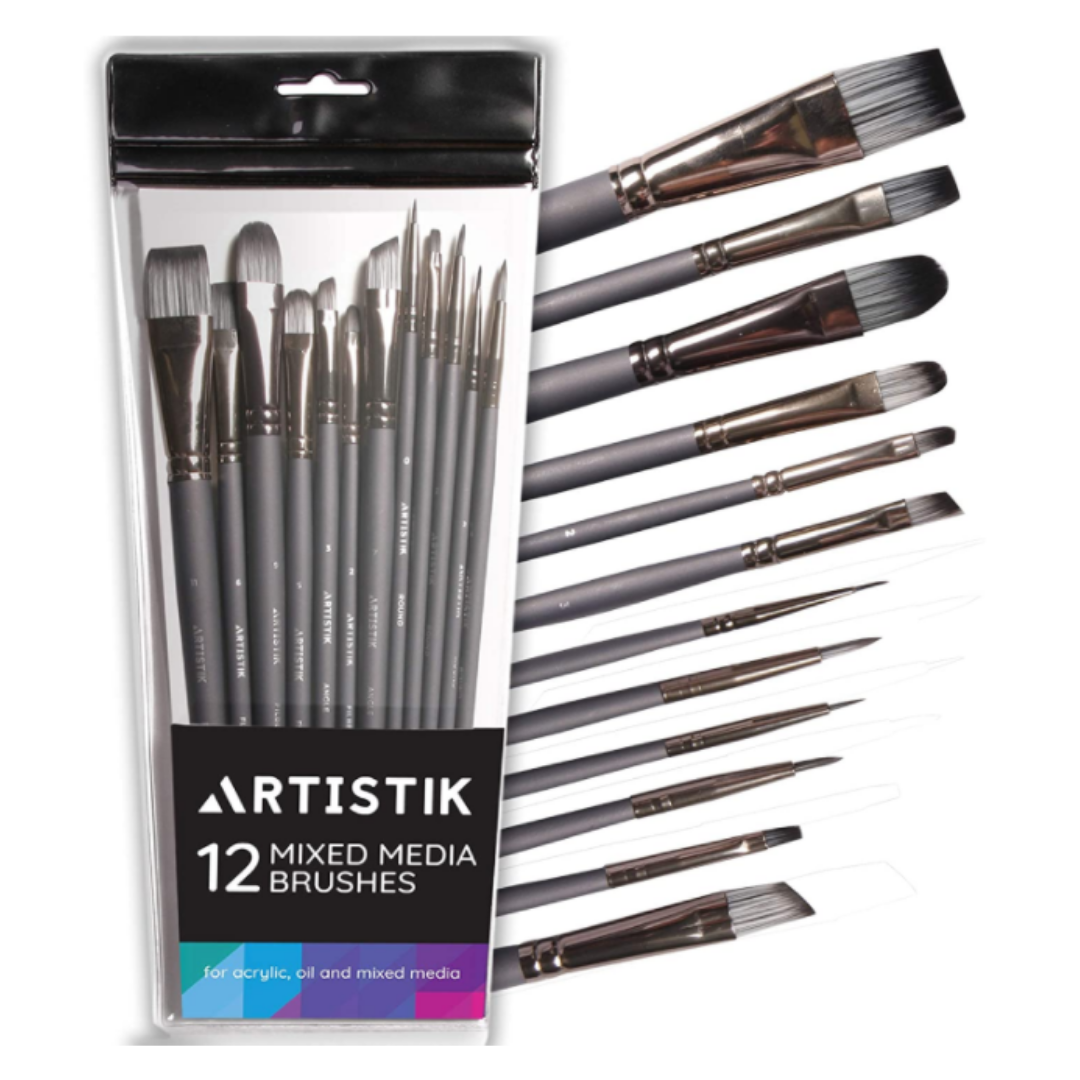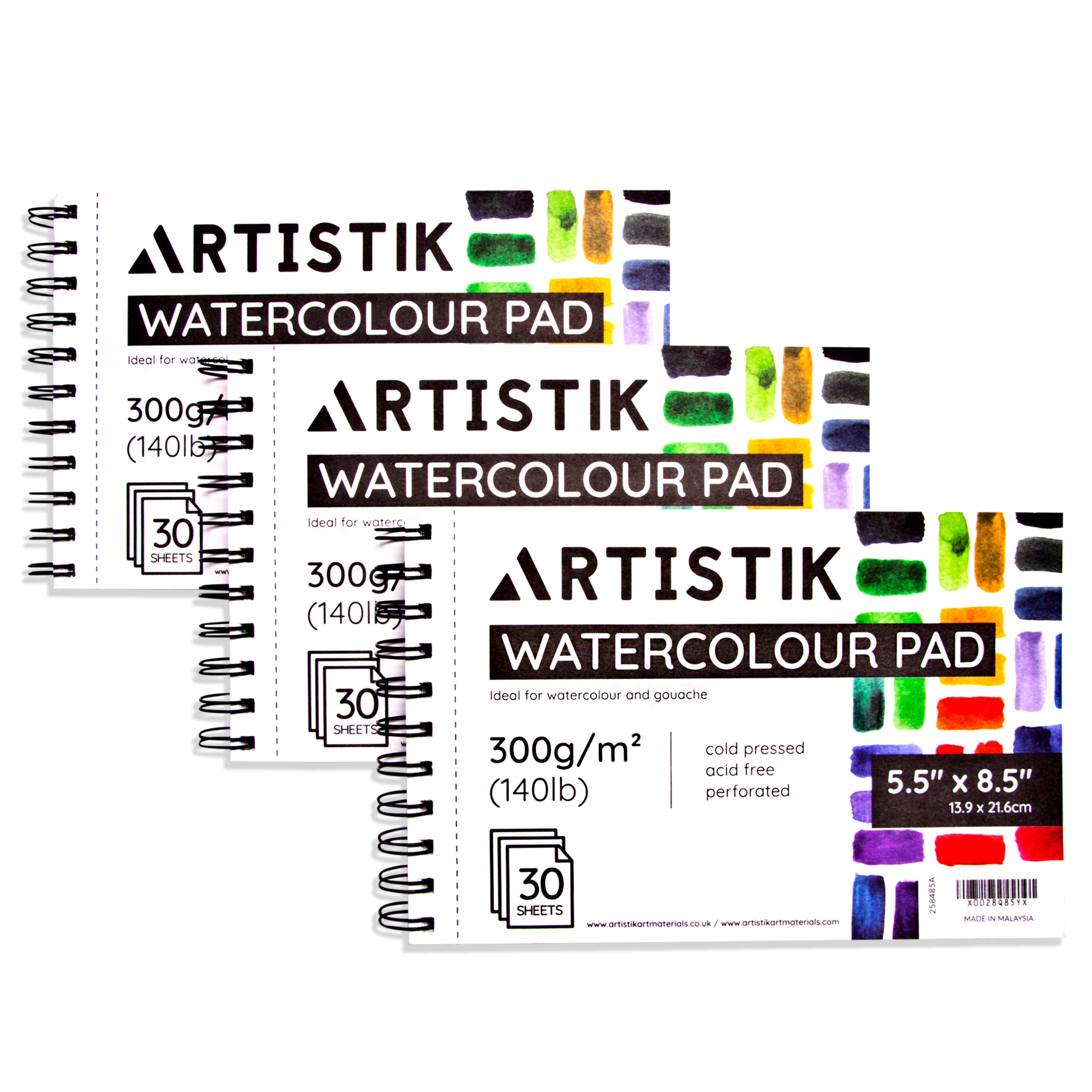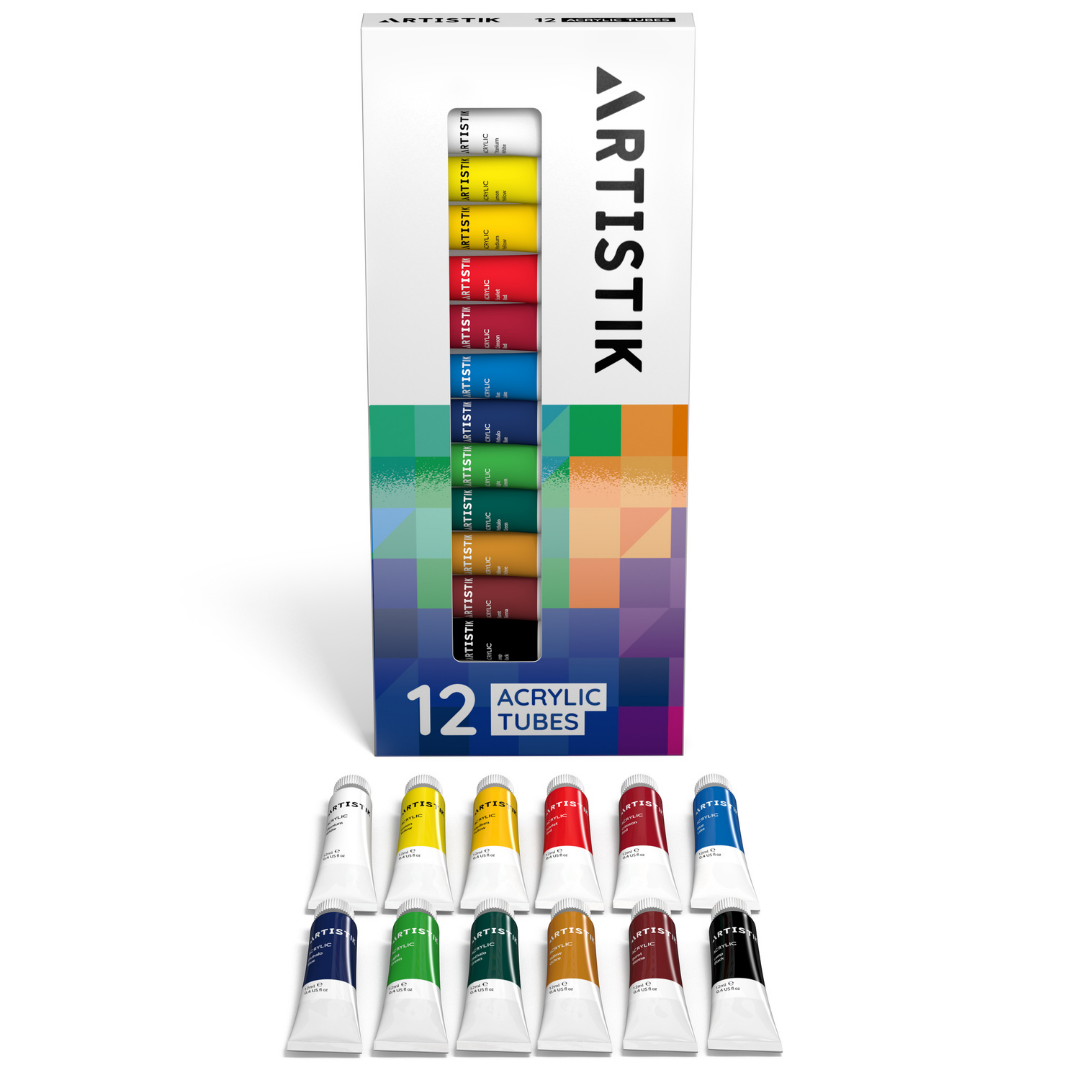How to Pour Acrylic Paint

6 Acrylic Pouring Techniques to Help You Create Outstanding Fluid Art (Even If You're A Beginner)
Acrylic pouring is a fluid painting technique wherein art is created by pouring acrylic paint on a flat surface, most commonly stretched canvas, canvas boards or wooden panels.
Do you know what the best thing about acrylic pouring is?
You don't need to be a veteran artist to create stunning and original acrylic artworks. You simply need the right tools and to get to know the different techniques you can use for acrylic pouring. The most important thing to remember when you are beginning your paint pouring adventure, other than to have the most fun possible of course, is that you need to prepare and protect your clothing and your working area. You should cover the work area under your canvas with an old sheet or newspapers to prevent the paint from dripping off your canvas onto the floor or table below. Many pouring artists also like to raise up their canvas off the ground or table using plastic cups, wooden blocks or a shoebox. This allows the paint to easily fall over the sides of the canvas to give you a clean and colourful edge. Another very important step is to check that your chosen surface is level, so be sure to choose a work surface that is flat. You will also need a flat surface to dry your piece so that the paint doesn't run in one direction and off the canvas. Once you have these basic steps covered you are ready to get started!
At Artistik, we aim to help you create beautiful abstract art with our Pouring Acrylic Set using these different pouring techniques.
Clean Pour
This refers to the technique of pouring one color at a time onto your flat surface, in any random pattern that you feel drawn to. After pouring the desired paints on the surface, you can either keep the colors as is to maintain the clean lines or you can use these tools to mix the colors directly on the surface to create more intricate patterns. Tilt the canvas back and forth and side to side until you have covered the entire surface and are happy with the result. The clean pour technique is a very therapeutic way to create abstract and organic effects.

Puddle Pour
Each color is poured one by one in the puddle pour technique, creating puddles of paint in the center of the canvas. Once enough paints are poured, you can manipulate the canvas back and forth or use air to move the colors around. Continue moving the canvas until you’re satisfied with the design and once all the paint covers the entire surface.

Dirty Pour
This acrylic pouring technique is one of the most common. It is conducted by layering separate colors in one cup and then pouring them onto the chosen surface altogether to create abstract patterns.After pouring paint on the painting surface, move the canvas back and forth until you form your desired abstract art. But make sure to keep your paint layers thin, so that they do not create cracks on the surface. Dirty pours make great faux marble end results.

Flip Cup
The flip cup pour is similar to the dirty pour technique, where you layer different colors of paint in a cup. But instead of pouring paint on the canvas directly, you place the cup of paint upside down right in the middle of the canvas. Gradually, remove the cup until all of the paint flows out into the canvas, creating beautifully dynamic, abstract art patterns. Finally, move the canvas back and forth to get the desired art pattern you want.
It’s always important to make sure the paint isn’t so thick that it cracks, and that all of the painting ground is covered in paint, including the edges of the canvas.
Swirl Technique
The swirl pouring technique is conducted by stacking paint colors in a cup, setting the cup upside down on the canvas and slowly moving the cup around using a circular motion. The pattern that is created with a swirl pour typically resembles growth rings on a tree. After the pouring process, tilt the canvas back and forth until the “tree ring” pattern covers the entire painting surface and once all of the paint is evenly spread throughout the canvas.
Swipe Technique
This acrylic pouring process is also known as the “wiping technique.” It is conducted by pouring paint on the canvas and then using a flat and thin tool to swipe the paint throughout the surface. The swipe technique creates beautifully controlled designs and the illusion of cells on the canvas. Remember not to put too much pressure when swiping to avoid scraping off the paint entirely or mixing the paint colors too much, creating a muddy result.
These are just a few of the most popular techniques for paint pouring but there are many, many more ways to create amazing and unique effects. The possibilities with paint pouring are endless so it can be as simple or as complex as you like and the results are different every time making it so exciting to see the final results when dry.If you’re a budding artist, acrylic pouring can be a great way to create original art. Don’t be afraid to experiment with these techniques or mix them up together for even better results. You’ll surely be in for a surprise the moment you see your finished art pieces.
For quality art supplies and similar guides like these, make sure to browse the site. Even better, you can also join our mailing list to receive updates straight into your inbox!











Leave a comment